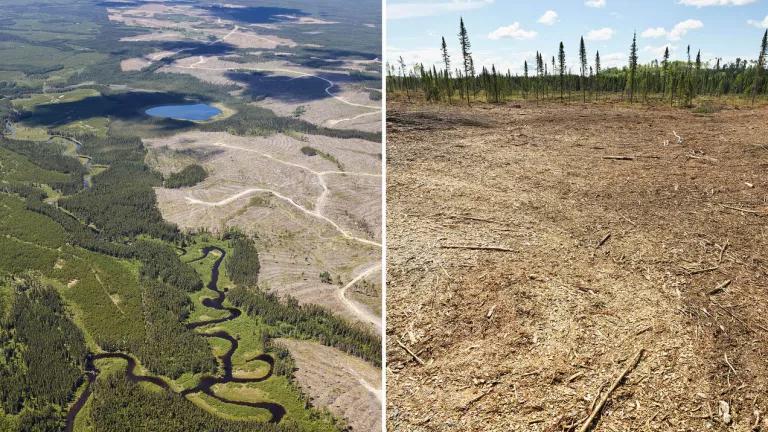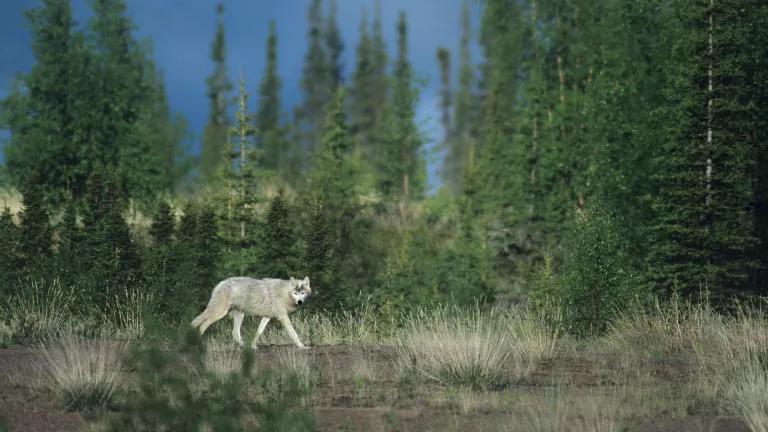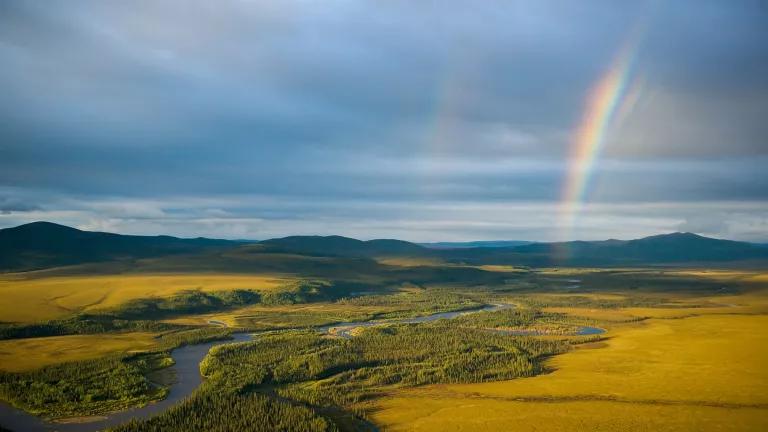
Latin America is one of the global regions most vulnerable to climate change, and increased forest fires are just one symptom. Amazonian fires caught international headlines in July and August of 2019, bringing much needed attention to the ongoing onslaught on the environment and peoples of the region. While the fires have somewhat faded from the news cycle, deforestation rates continue to go up, and the very real threat towards Indigenous peoples and the environment continues, particularly in Brazil.The U.S. plays a large role in Amazonian deforestation through the consumption of products that contribute to deforestation in their supply chains. Despite a dire political situation in Brazil, U.S. markets can create a real impact when it comes to curbing current alarming trends.
The Amazon rainforest helps regulate global climate, yet deforestation rates in the nine countries that house the forest are increasing. An expanding agricultural and cattle frontier, together with mining and uncontrolled economic exploitation are some of the primary causes for deforestation. Scientists warn that there needs to be increased monitoring and regulation, as well as resources to combat fires—fires which are exacerbated by climate change and drought. A recent study analyzed the carbon sequestration capacity of the Amazon and found that between 2003 and 2016, the Amazon actually emitted more carbon than it could absorb. However, Indigenous land and protected territories absorbed more carbon than areas without protection. Researchers found that 70 percent of the total carbon emitted from the Amazon between 2003 and 2016 came from areas outside of Indigenous-held land and protected areas. Weakening environmental protections and continual threats on Indigenous lands thus threaten not only the Amazon but the entire world.

The Brazilian Amazon is 1.5 times larger than portions of the jungle found in any other country, making Brazilian policy and protections particularly important globally. Since the election of Brazilian president Jair Bolsonaro in 2018, continued harmful policies and archaic, racist rhetoric have helped increase the rate of Amazonian deforestation (reaching a new record for being at its worst level in five years this January). According to the National Institute of Space Studies (Inpe), 284.3km2 of forest coverage was lost in January 2020 alone. The Inpe previously released information about an 85 percent jump in deforestation from 2018-2019, a rise that is attributed by ecologists to a so-called “Bolsonaro effect.”
Forest fires have recently been so bad that Brazil has authorized national security to help combat them. The Minister of Justice, Sergio Moro, approved a force made up of police officers with military training to help support the environmental agency Ibama in the northern state of Pará through the end of the year. Another move by the Bolsonaro government has been the creation of an Amazon Council and Environmental Police force that will be led by vice president Hamilton Mourao (an avowed mining enthusiast), to oversee “the activities of all the ministries involved in the protection, defense and development, and sustainable development of the Amazon.” With these changes, Bolsonaro is amplifying a military presence and emphasis on unhindered development to the region—similar to the goals of the brutal military dictatorship that held power in Brazil from 1964-1985.
Bolsonaro has been busily gutting environmental agencies, and in early February signed a draft law allowing large scale mining, oil and gas extraction, and other destructive activities on Indigenous territories. The draft law, PL191, fulfils one of Bolsonaro’s main campaign promises: to bolster the economy through resource extraction. It is currently a crime to mine on Indigenous land in Brazil (lands which make up 13 percent of the country’s territory), yet 10,000 illegal miners have invaded Yanomami territory, one of the largest relatively isolated tribes in South America. Invasions such as these, along with murders of Indigenous peoples and environmental activists have greatly increased since Bolsonaro’s rise. Bolsonaro is also set to appoint an ex-missionary, Ricardo Lopes Dias, to head the department for isolated and recently contacted tribes. This, along with a seemingly never-ending barrage of racist remarks, has provoked fears of genocide of uncontacted Indigenous groups. Anti-Indigenous policy is now essentially state policy in Brazil.

In response, Indigenous groups have been organizing against Bolsonaro’s policies, holding protests in the nation’s capital, Brasilia, and speaking publicly about continued attacks on their territory and the murder of Indigenous leaders—actions that threaten not just their own land but the fate of the Amazon itself. In a recent forum held in Washington, D.C. on “Resisting the Right-wing Assault in Brazil,” Joenia Wapichana, a Congresswoman from the state of Roraima (in the Amazon region) and the first and only Indigenous woman elected to Brazilian Congress, called for international solidarity and support of Indigenous peoples of the Amazon. The best way to do this, she noted, was through heavily monitoring U.S.—Brazil supply chains and trade networks and calling on companies to not use materials from deforested lands.

The U.S., as a major purchaser of beef and soy from Brazil, can play a large role in protecting the Amazon from further deforestation. For example, a new motion is being adopted by the City of Los Angeles to help eliminate the purchase of products derived from deforestation. Bolsonaro seems to pay attention when it comes to trade, and actions in the U.S. to address the deforestation crisis can hopefully serve to push the political needle in Brazil.



